Oaxaca parte dos
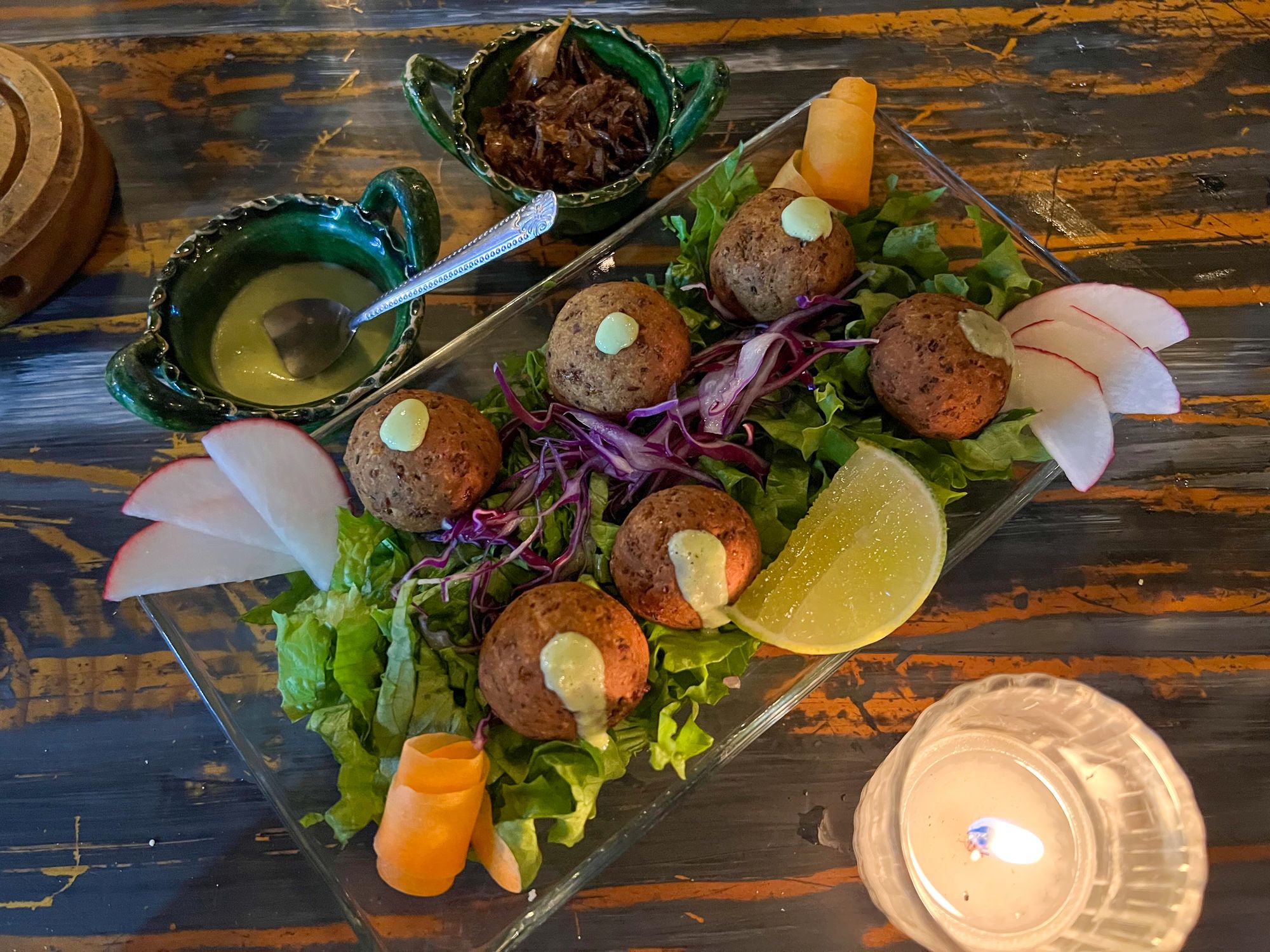
Unraveling the hype of Oaxacan food and drink
Chances are in a conversation about Mexico, the region or city of Oaxaca will inevitably pop up. The oversized culinary influence this southwestern state projects outside of Mexico is no accident. You have an immense regional melting pot of ingredients and culture, resulting in centuries of evolution with unique recipes from one town to the next. Most famous is the complex mole sauce, with indigenous roots and now modernly morphed into recipes consisting of up to 30 ingredients, always with a chili base.
Like the Frito pie, the state of Puebla plays Texas and also lays claim to be the orginator of mole.
The high altitude climate contributes to the abundance of of these varied ingredients with flavors culminating from herbs, spices, and seeds unique to each village.

During our time in Oaxaca we wanted to sample a good mix of street food and restaurant food as we always do, focusing more on markets and street stalls this time around to get the most authentic experience in smaller doses. What better place to try things than to visit one of the busiest and most famous markets in Oaxaca, the Mercado de Tlacalula about 40 minutes southeast.
Overflowing with craft stalls, spices, leather works, and every type of regional food and drink, its a sight to behold as your stomach starts taking cues from your nose.
Chicharron and barbacoa stalls are everywhere, where you can wash down that salty fatty goodness with refreshing agua frescas, horchata, and various mixtures of cacao and corn. The most popular pre-Hispanic cacao drink is tejate, served cold and refreshing with a semi sweet flavor made of a mixture of toasted corn, fermented cacao, flor de cacao, and toasted mamey seeds all ground into a fine texture.
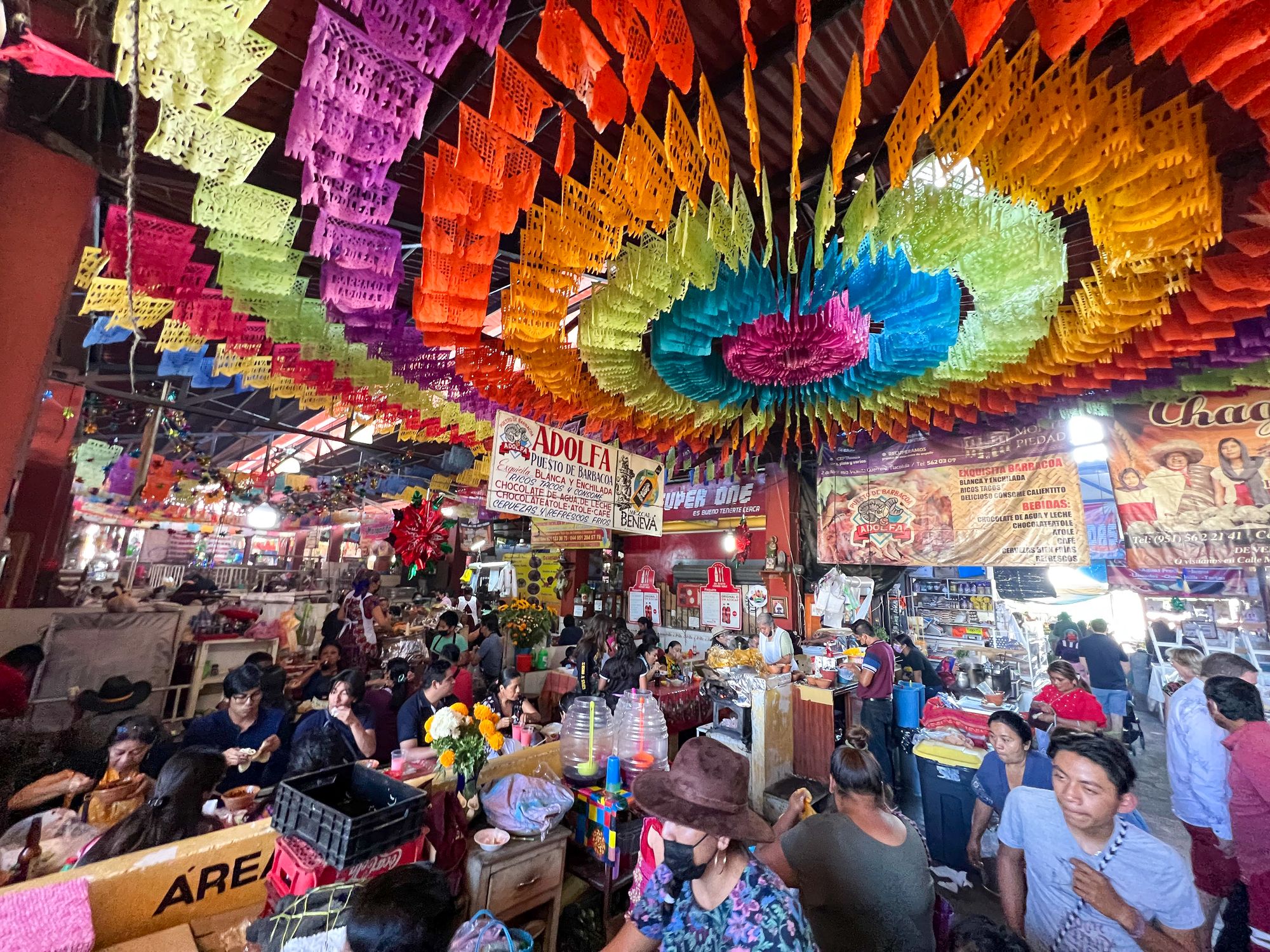
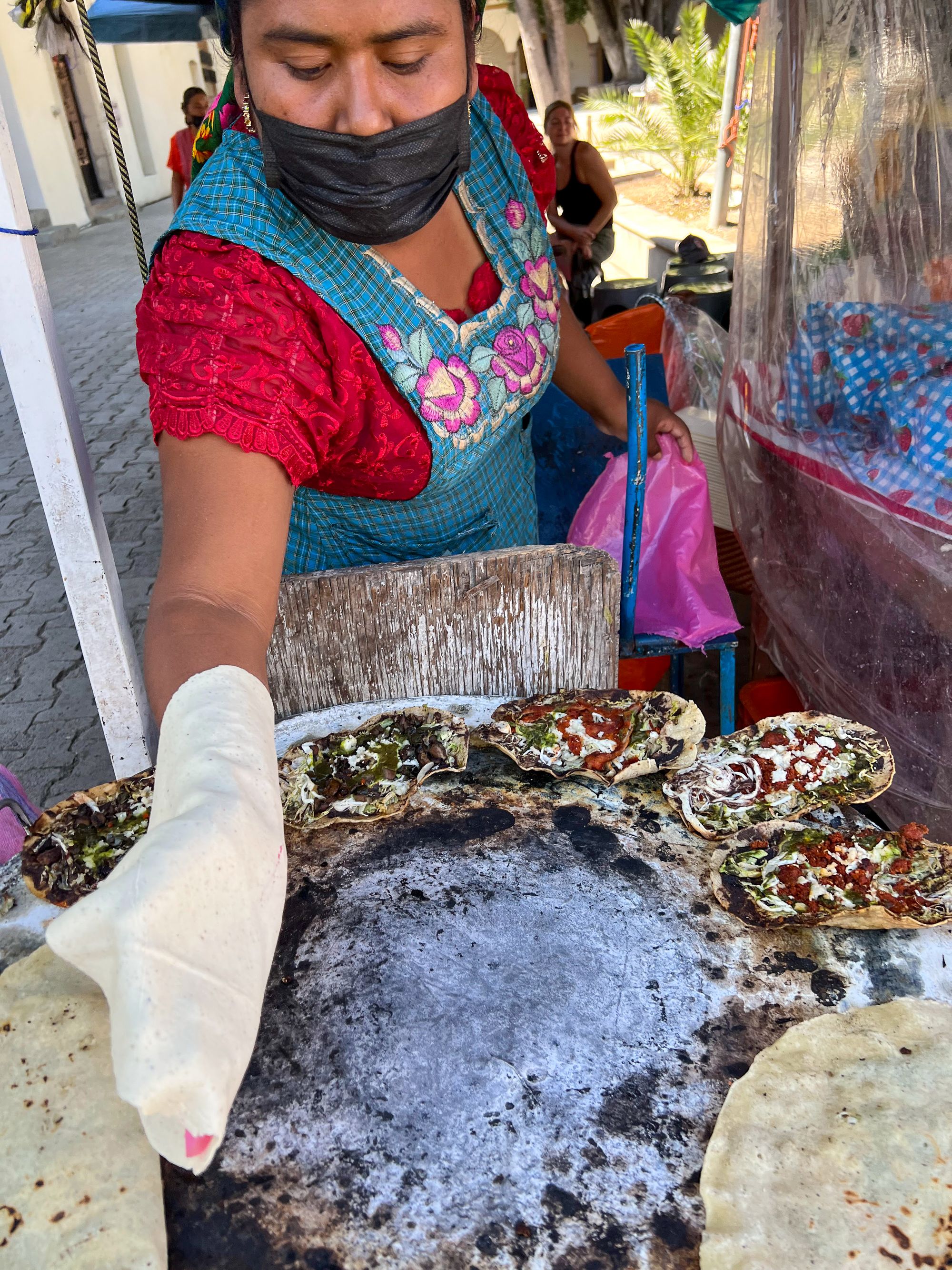
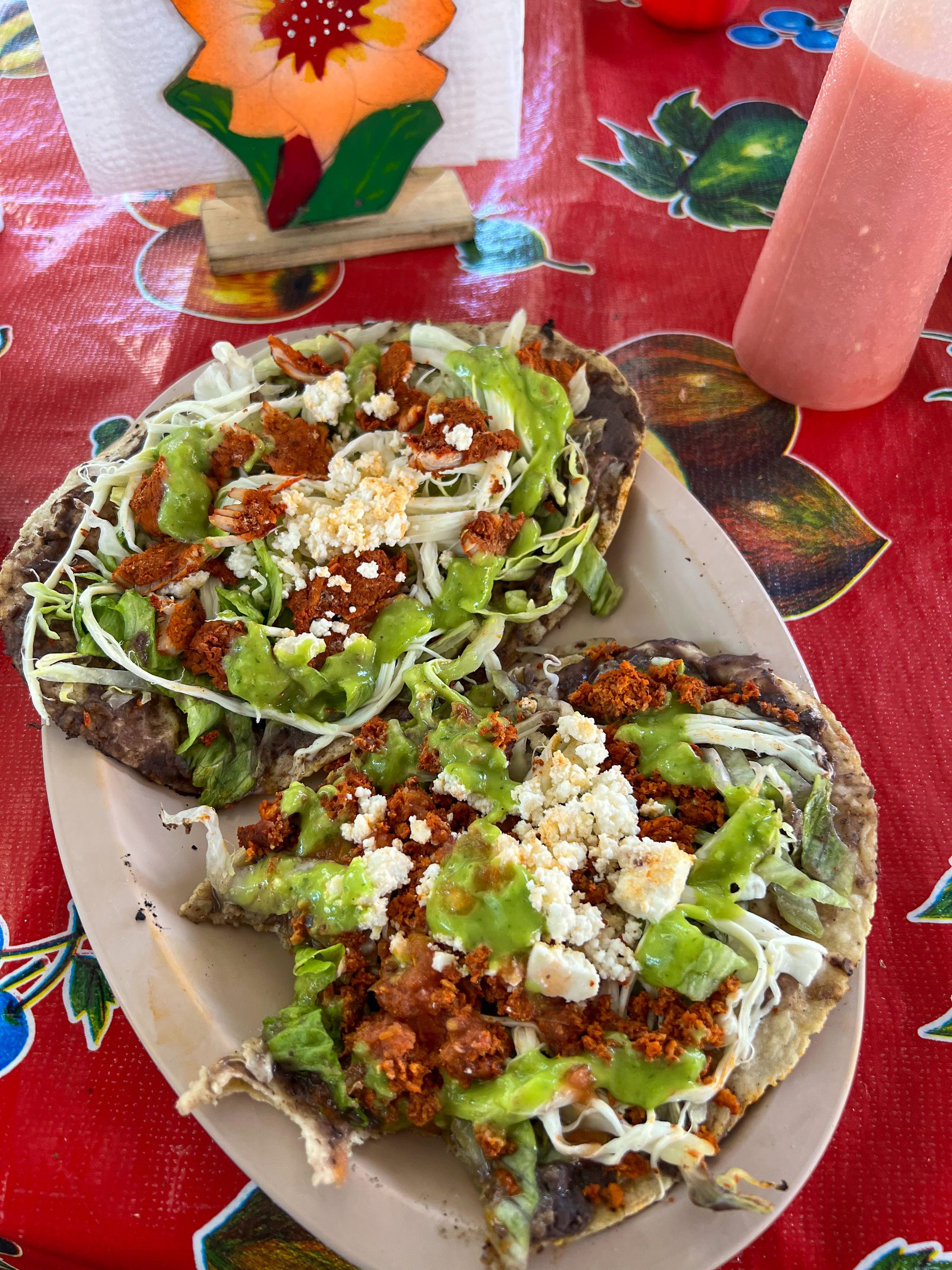
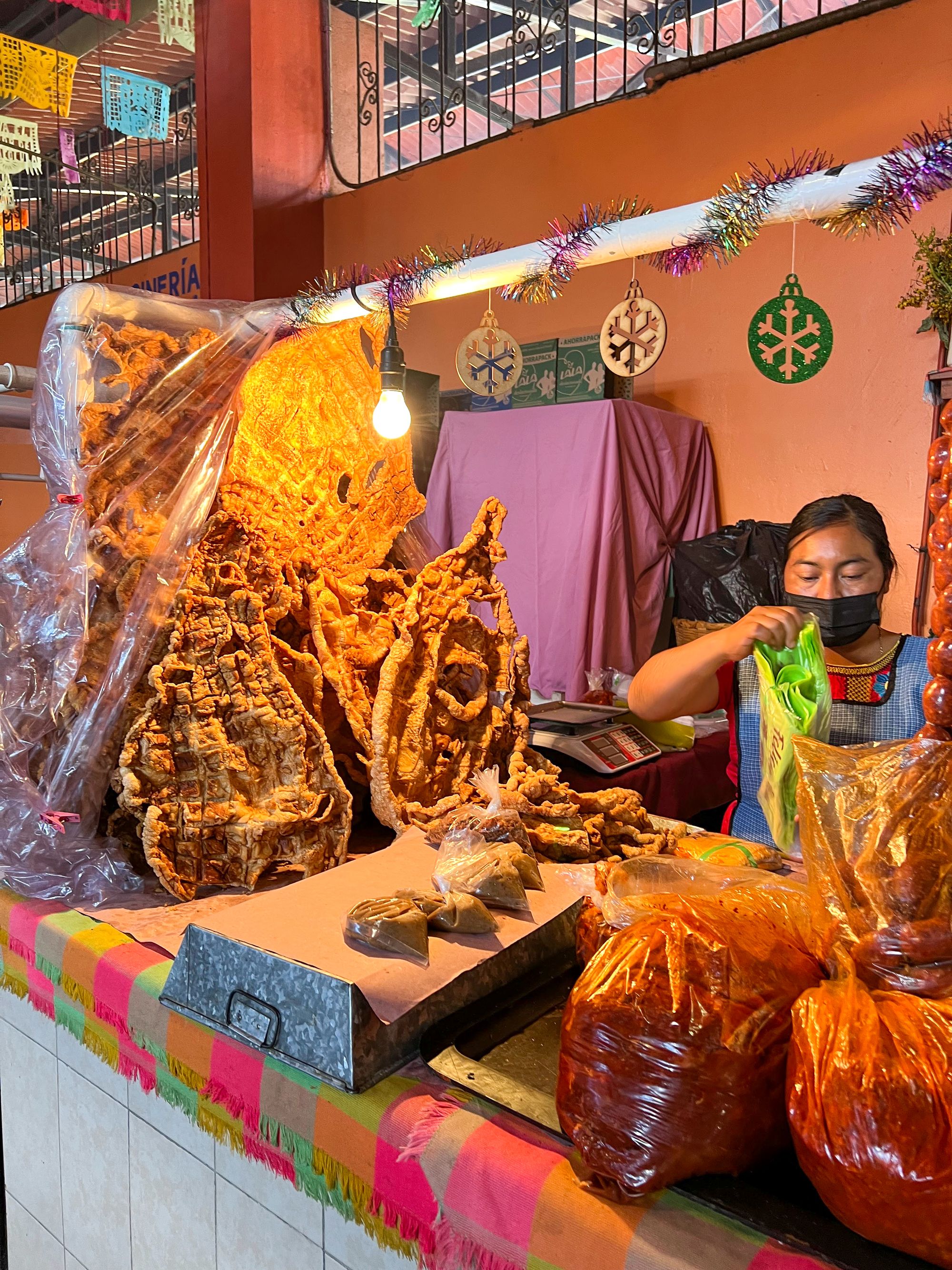

There are so many things you just don't hear of in the states. Everyone has had enchiladas and tacos, but it's quite amazing the variety of things that were new to us. Did you know enmoladas are basically enchiladas but with black mole sauce? Have you seen triangle shaped corn tortillas filled empanada style with black beans and other goodness called a tetela? How about a baby tostada-like dish called a memelita? Or a deep chewier thicker corn base that makes up a sope? One of the most exciting aspects of each food stall or restaurant is their house salsa, usually more than one, varying in color and spice level but always elevating the dish to a new level with a healthy dollop (sometimes followed by a wallop of heat).
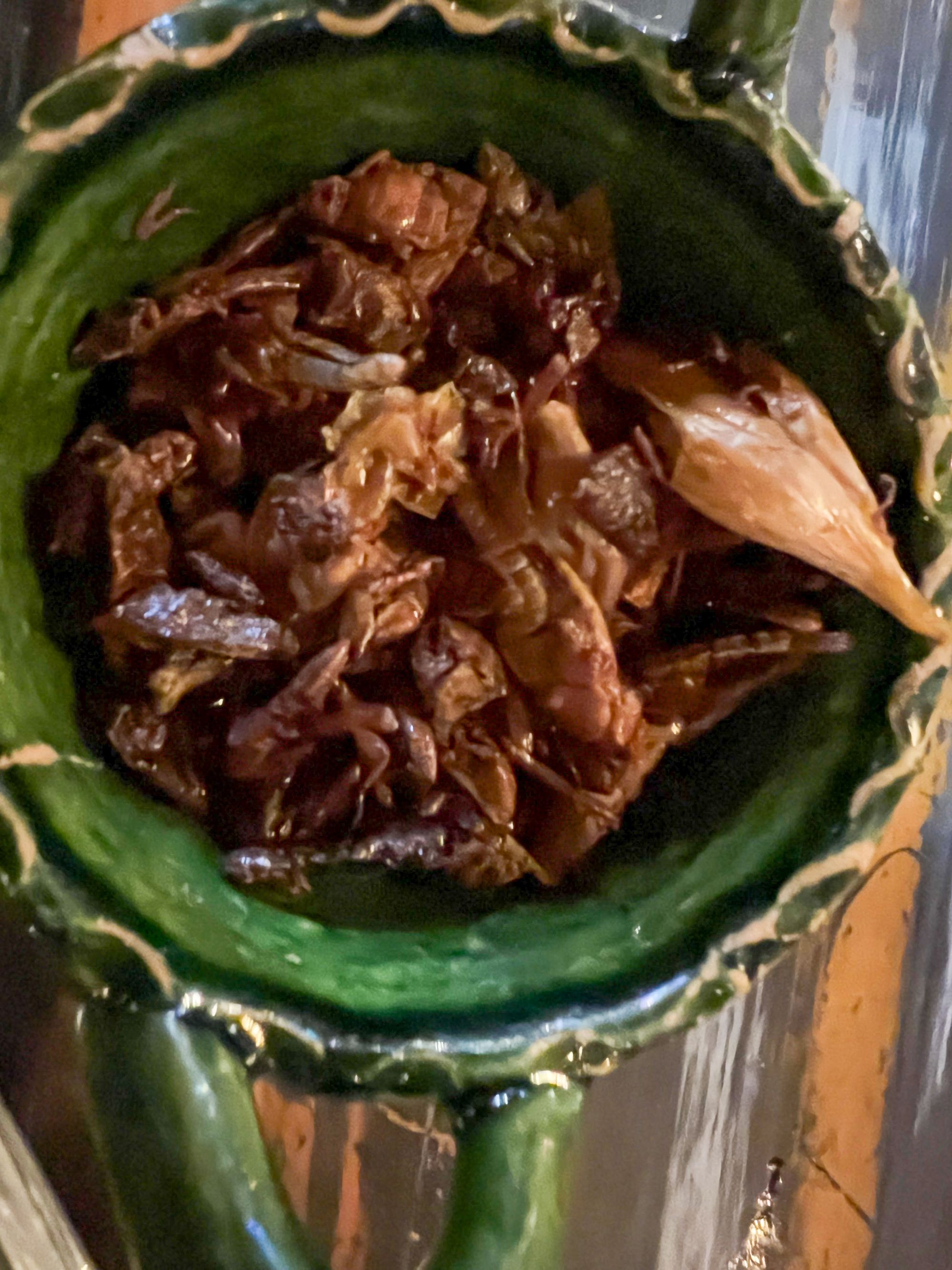
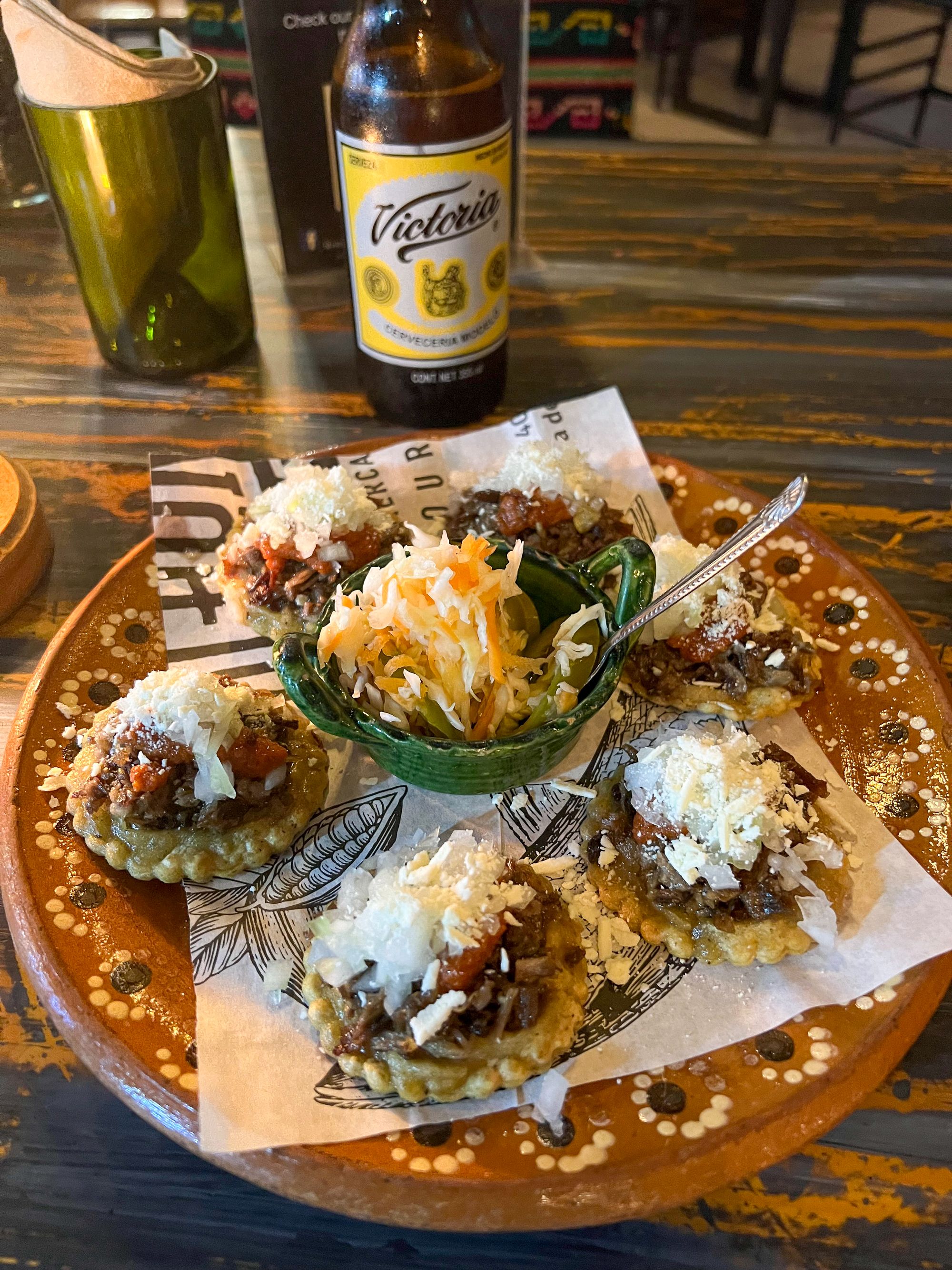
Speaking of memorable restaurants and unique dishes, we had the fortune of being a five minute walk away from a very special restaurant serving caldo de piedra (loosely translated as stone soup).
This pre-Hispanic dish orginates from the Chiantec people living along the Papaloapan River, whereby fresh water fish and shrimp are portioned communally and cooked by the river side directly with hot stones heated up by fire.
The restaurant, by the same name as the dish, holds true to tradition serving your choice of fish or shrimp or combination in a gourd bowl bubbling with a stone, giving you a very primal feeling as you sip and dig away at the amazing broth.
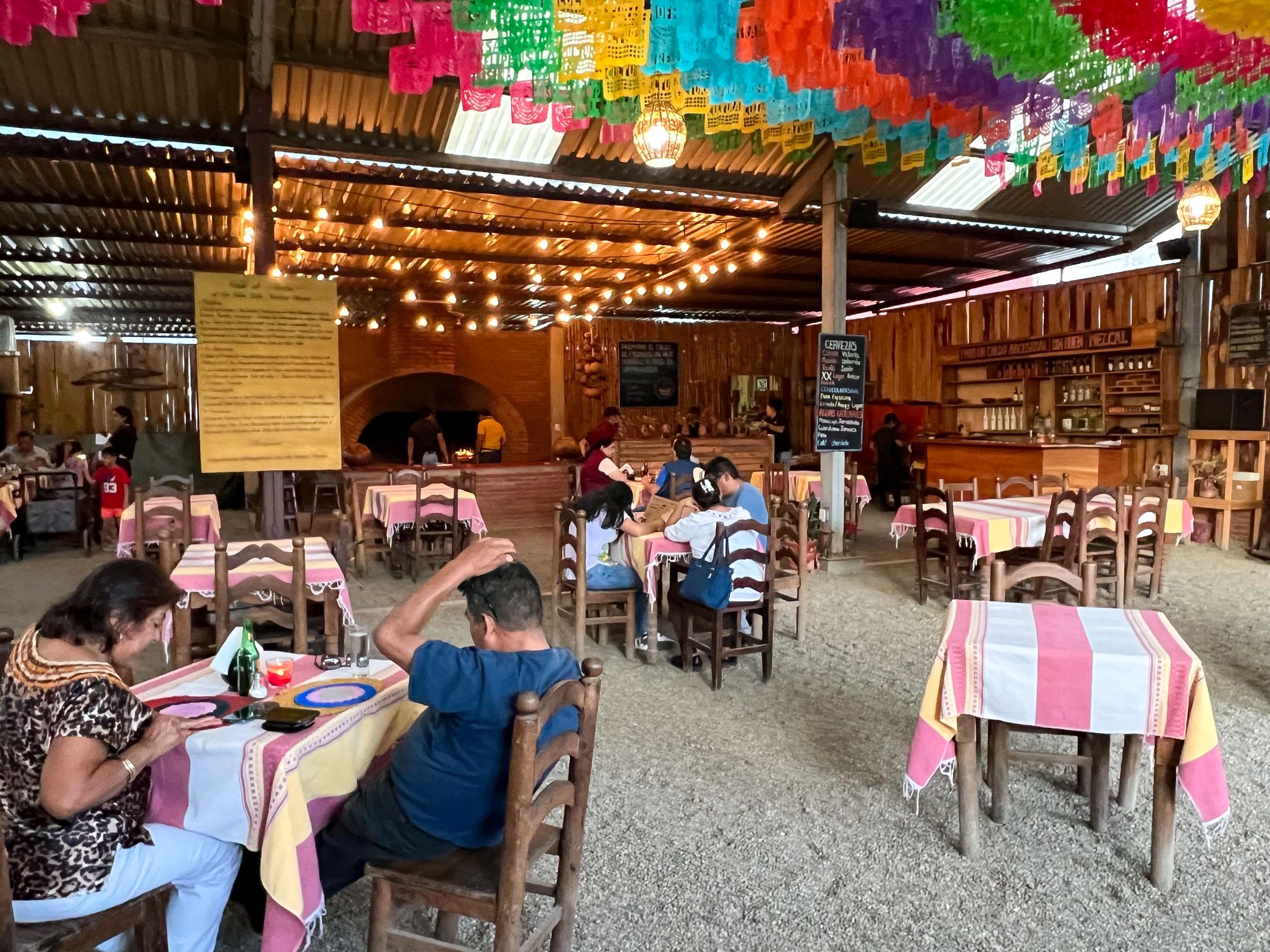
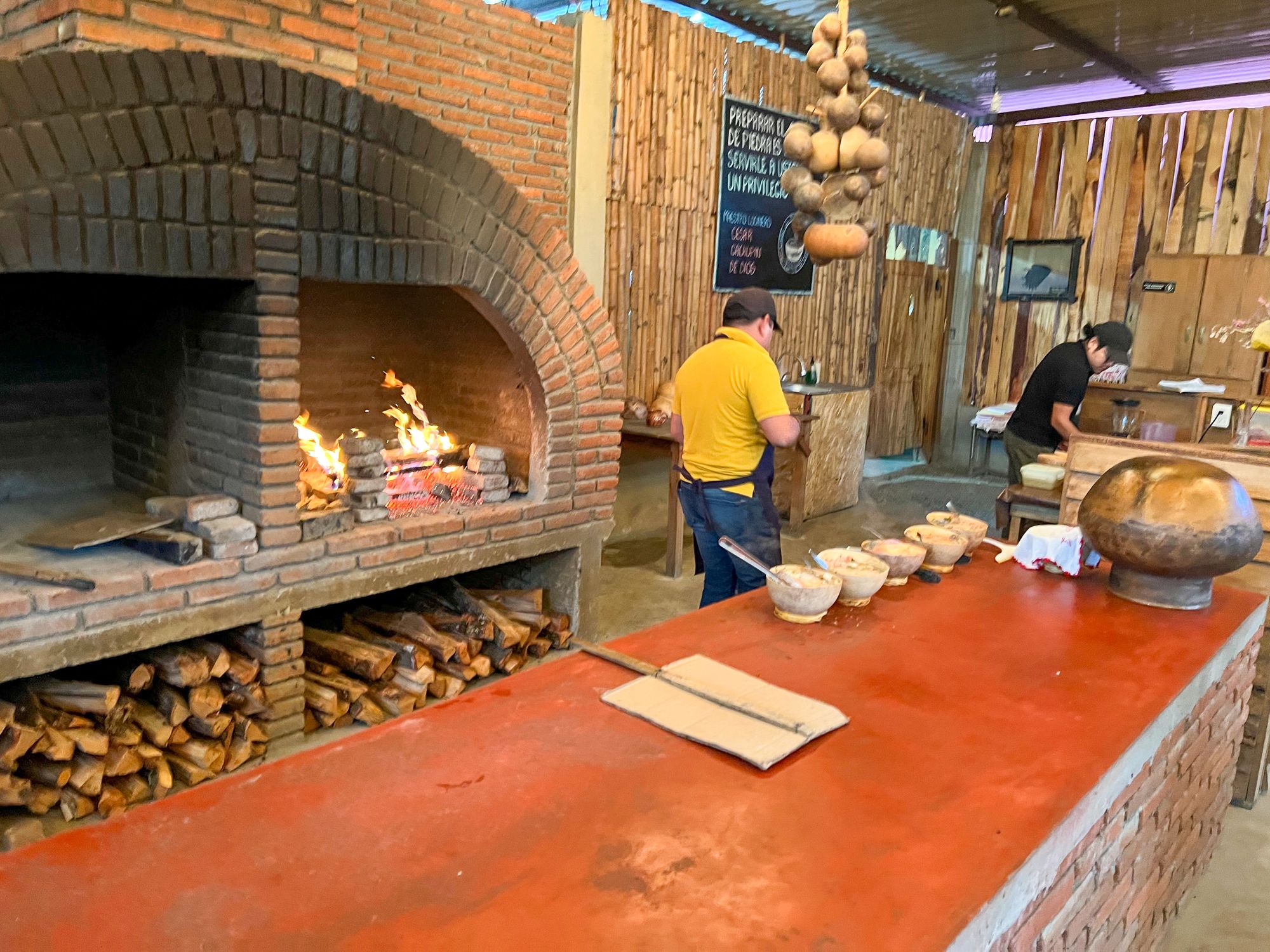
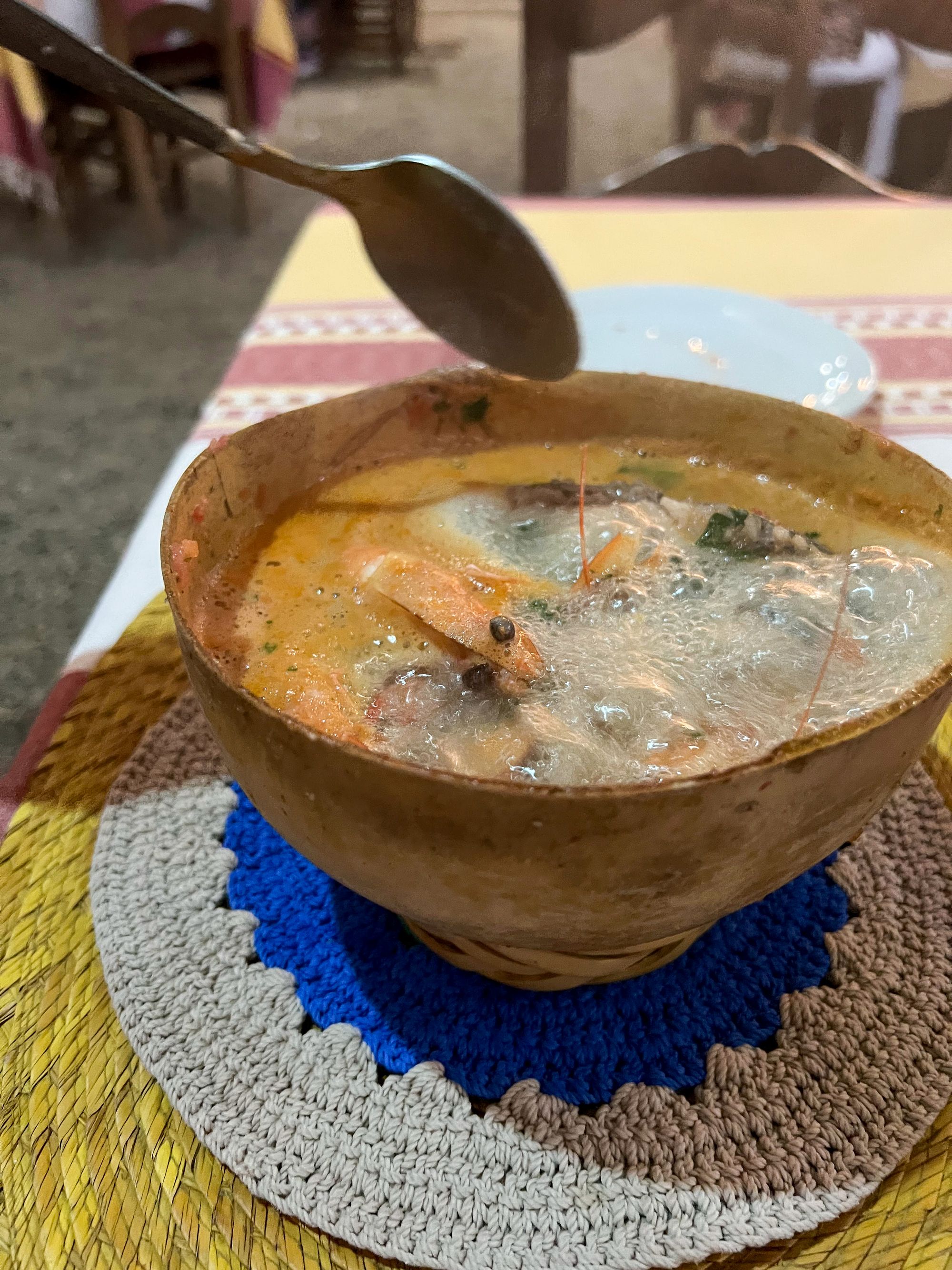
The wonderful world of magueys and mezcal
While its no secret Michael is quite fond of a good tequila for sipping or in a margarita, we have both taken on a new appreciation for the complexities of mezcal. The sheer number of maguey plantations and constant smoking plumes we saw as we crossed Oaxaca gives you an idea of the tremendous boom in popularity it has experienced in the last 10 years. We did a quick mezcal tour at a nice roadside Mezcaleria and learned a lot in a short period. The maguey, a cousin to the strictly used blue agave in tequila, has up to 30 distinct varieties grown or harvested for mezcal, each imparting a very different flavor, some more herbal, some floral, some sweeter.
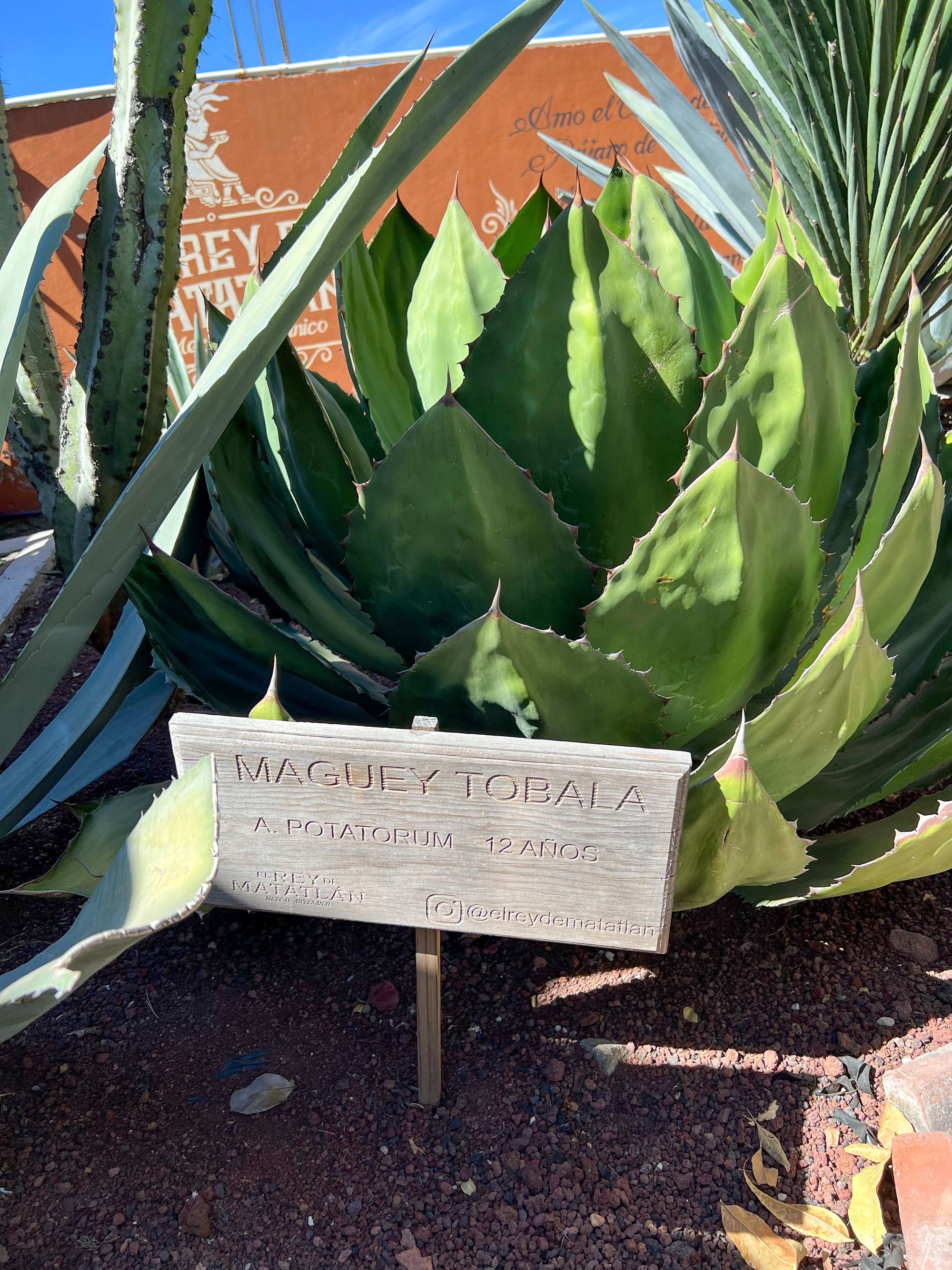
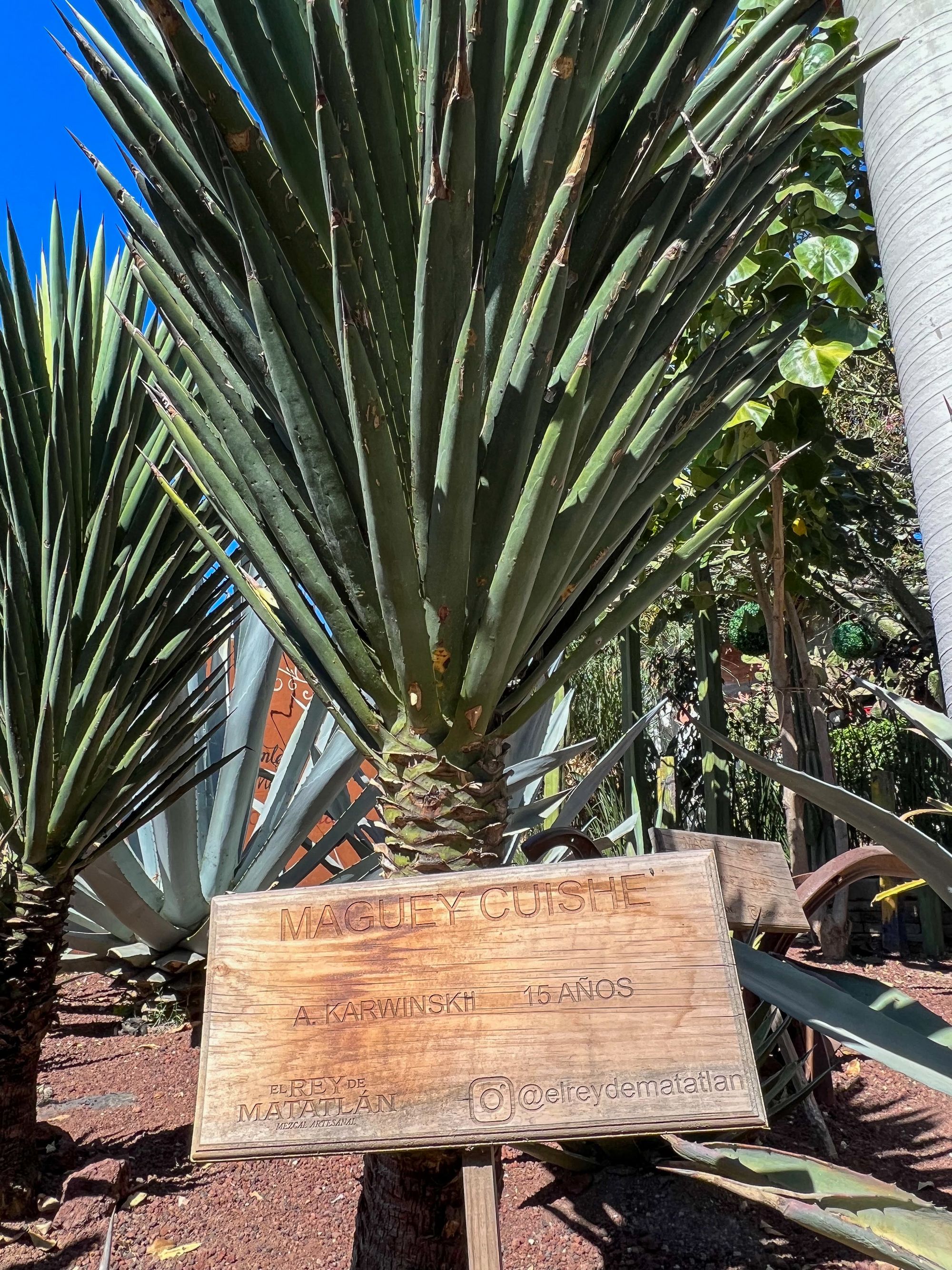
Most interesting is that only the espadín variety of maguey have been domesticated for propagation in fields, all other maguey have to be wild harvested, so as you could imagine non-espadín mezcal is extremely expensive, even when buying straight from the source. Although typically not fans of super smokey peat-heavy scotches, the smoke imparted from the cooking of the piñas (heart of the maguey) in the ground is nice and mellow. The other interesting fact we learned during the tour is the maguey is only harvested at the very end of it's life as a century plant, when it begins to shoot out its final stalk before dying, retaining all the energy and sugars for the fermentation process (takes 15-25 years for a maguey to mature).
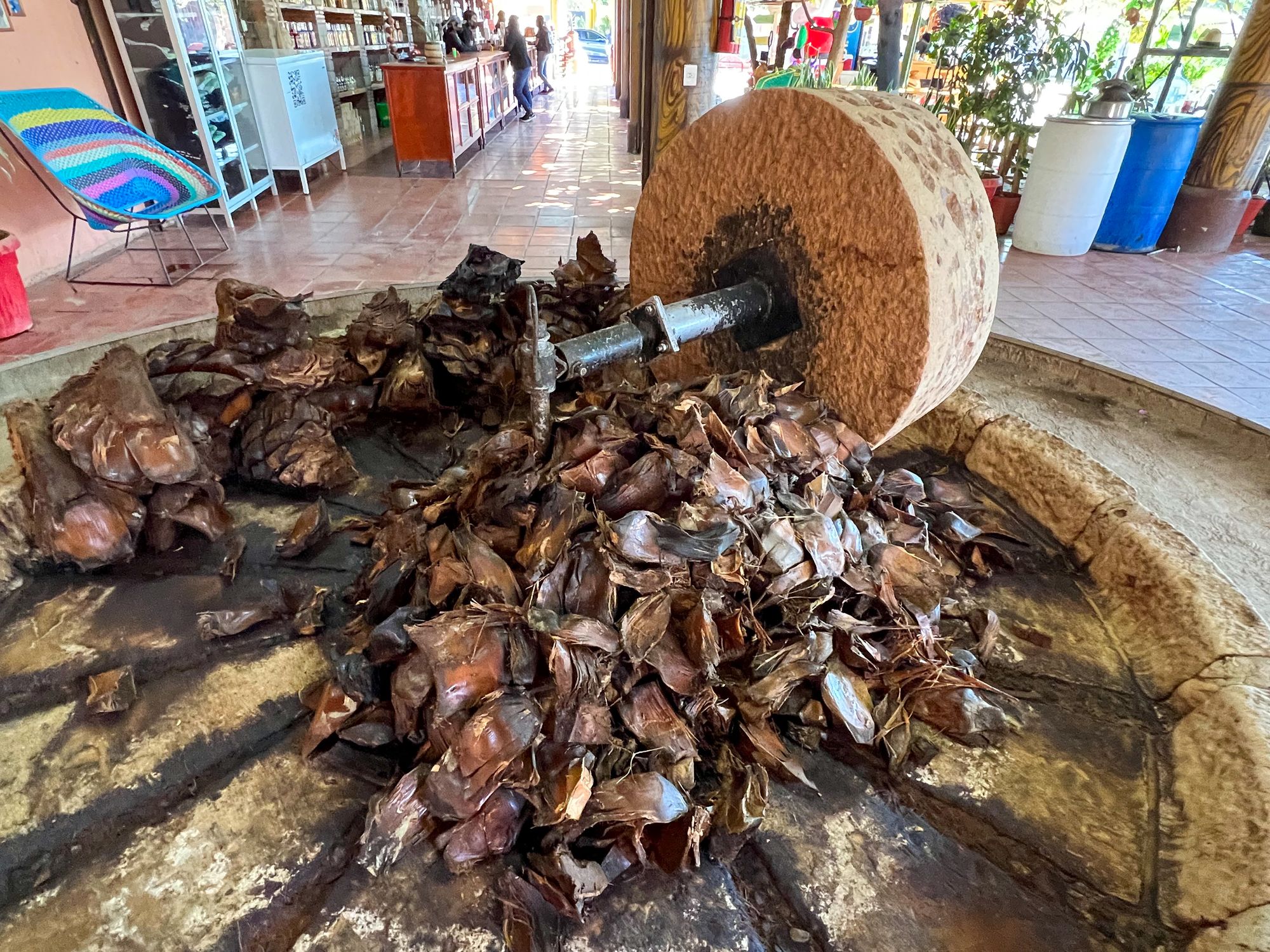
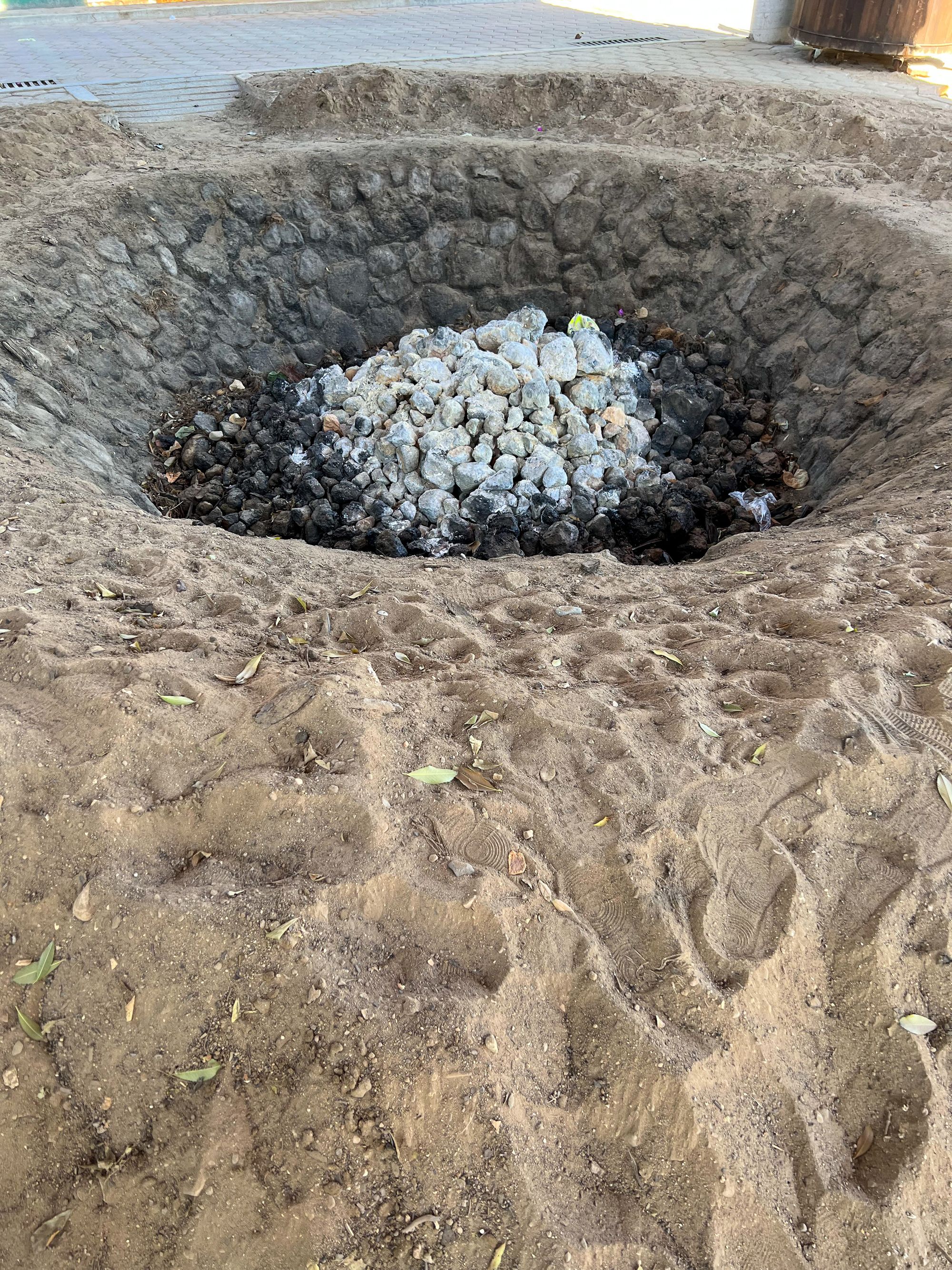
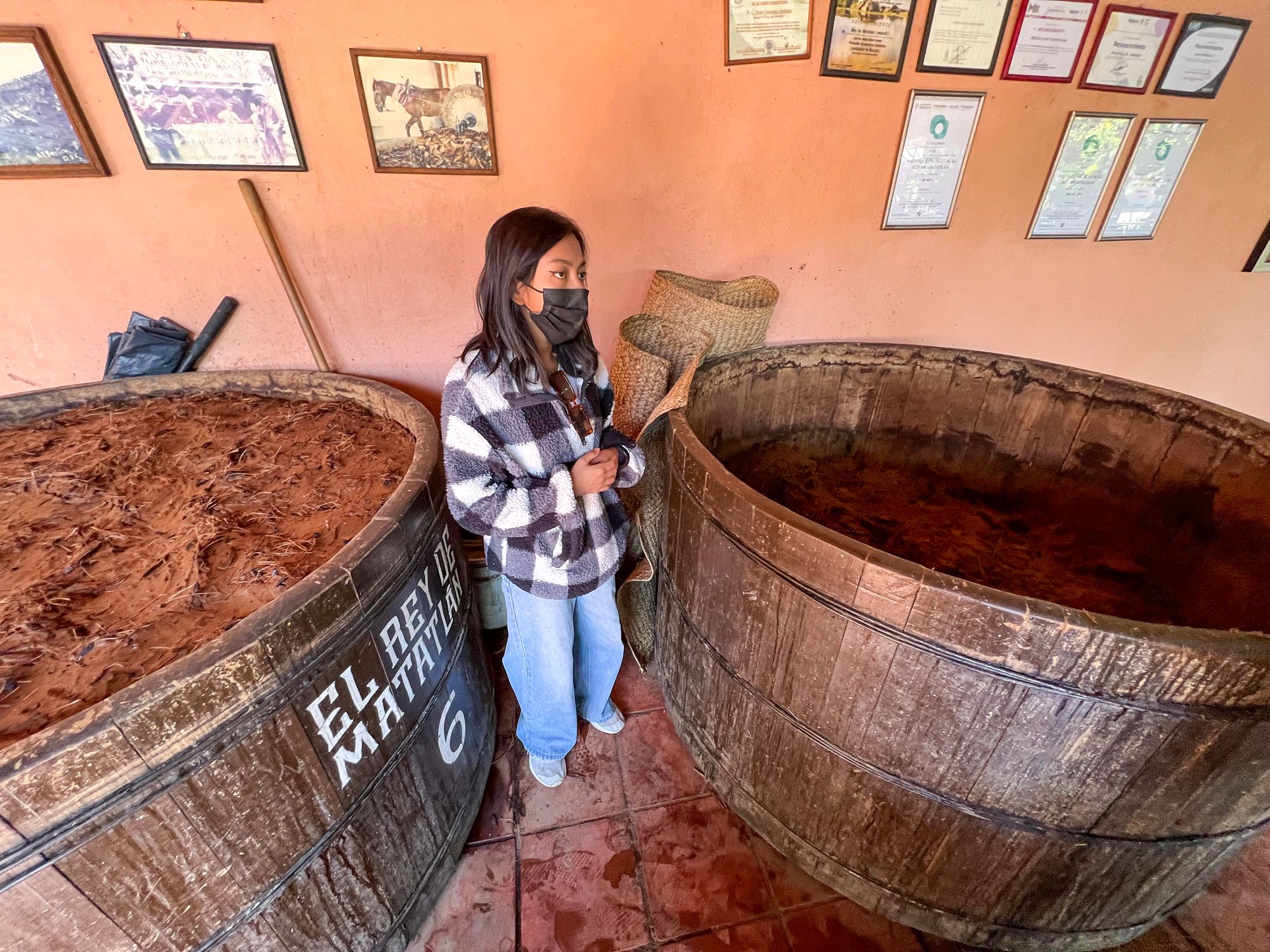
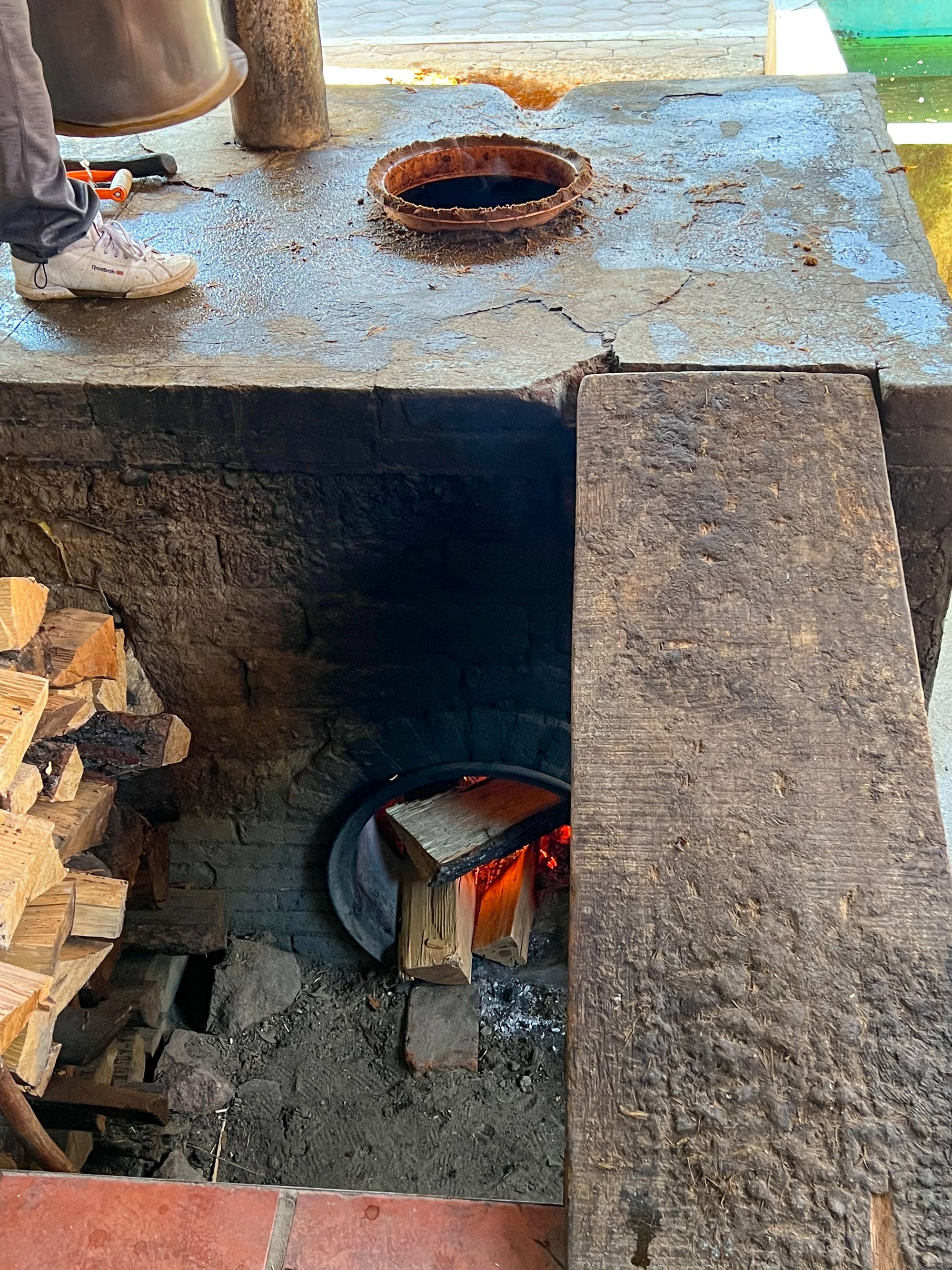
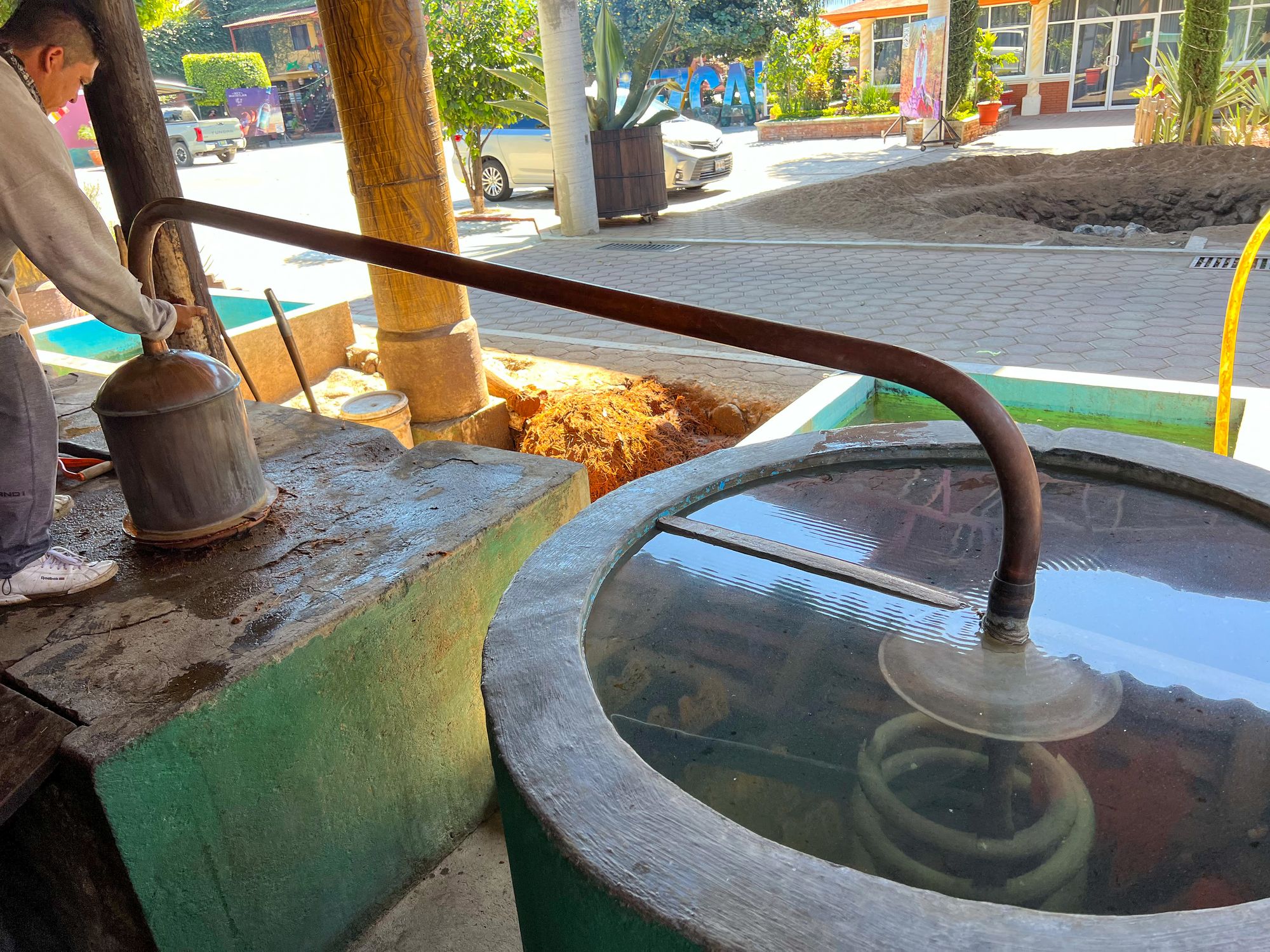
The El Rey de Matatlan distillery was kind enough to give us a great tour of their working facility, imparting the knowledge and then a tasting of every mezcal they sold, a dizzying array from flavored sweet varieties all the way up to their Madre Cuishe with an incredible floral complexity. Last parting nugget of wisdom, unlike tequila where an añejo or better yet an extra añejo is the apex for a brand, the only aged mezcal is the espadín variety. The wild harvested varieties are best sipped in unaged form and demand top dollar, depending more on the rarity of the maguey and the end result it produces.

After indulging in the bounty that the Oaxaca area had to offer, we felt obligated to work off some of our excess calorie consumption and were pleasantly surprised to find an impressive array of trail systems. From steep mountain peaks to close by foothills and resevoirs, we had no problem finding whatever fit our mood of the day, stay tuned for parte très.....

